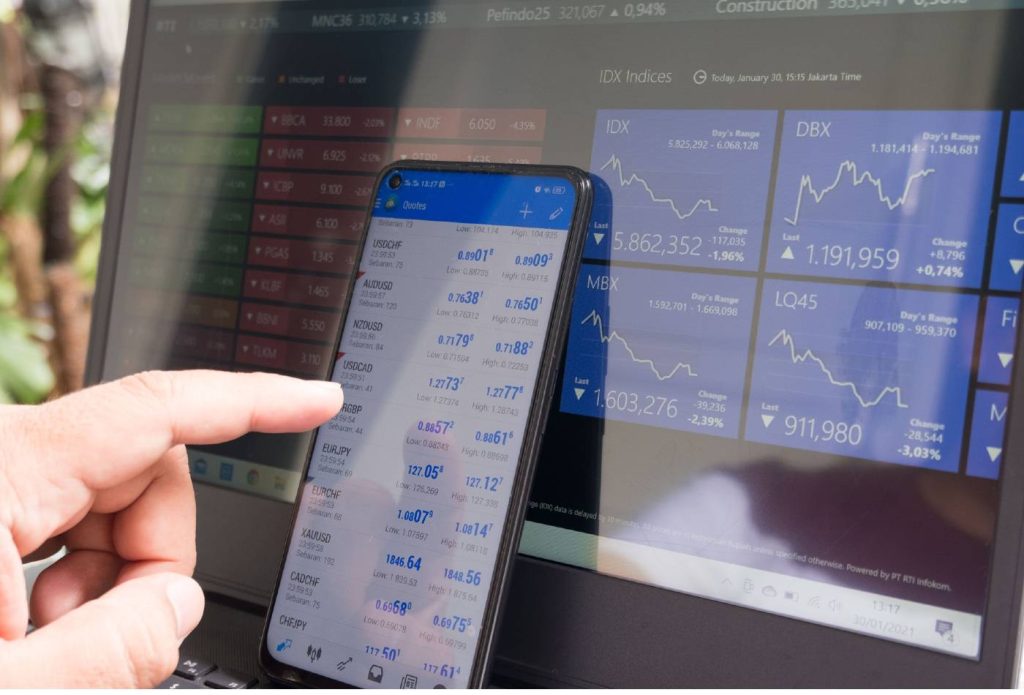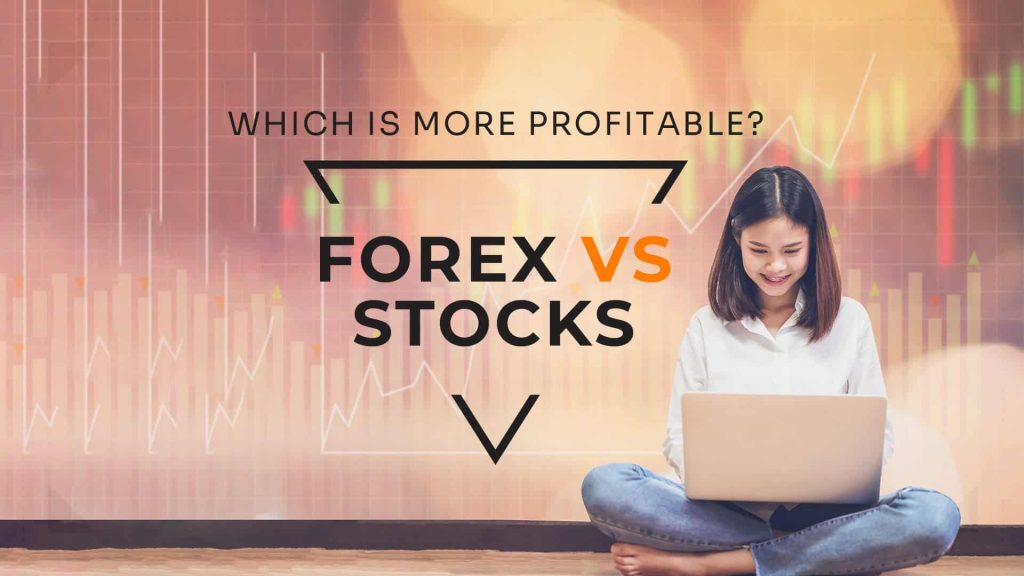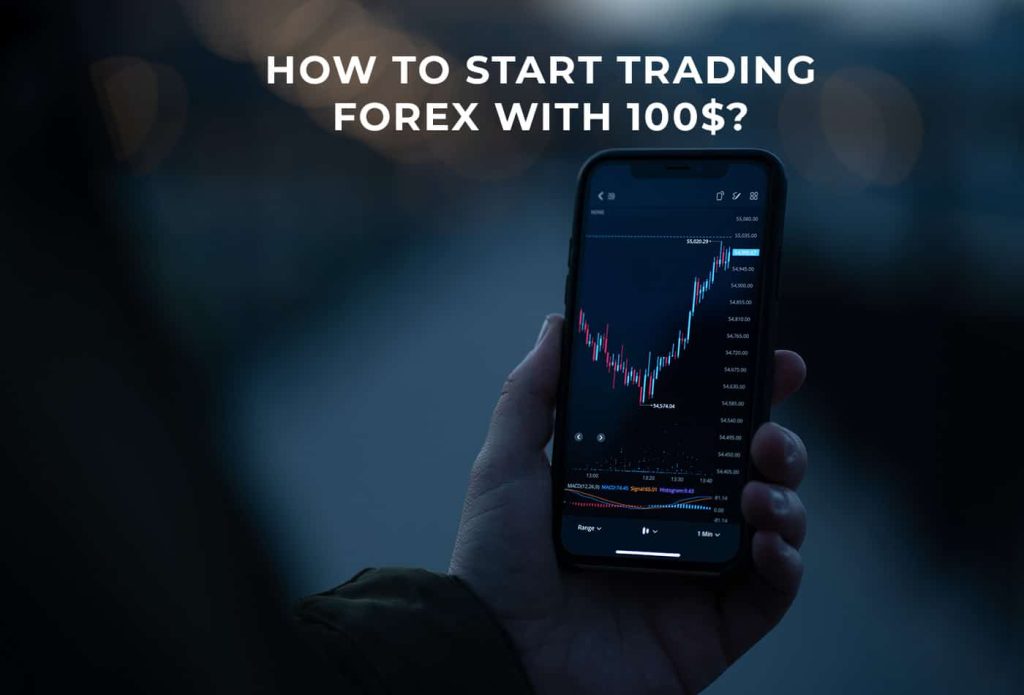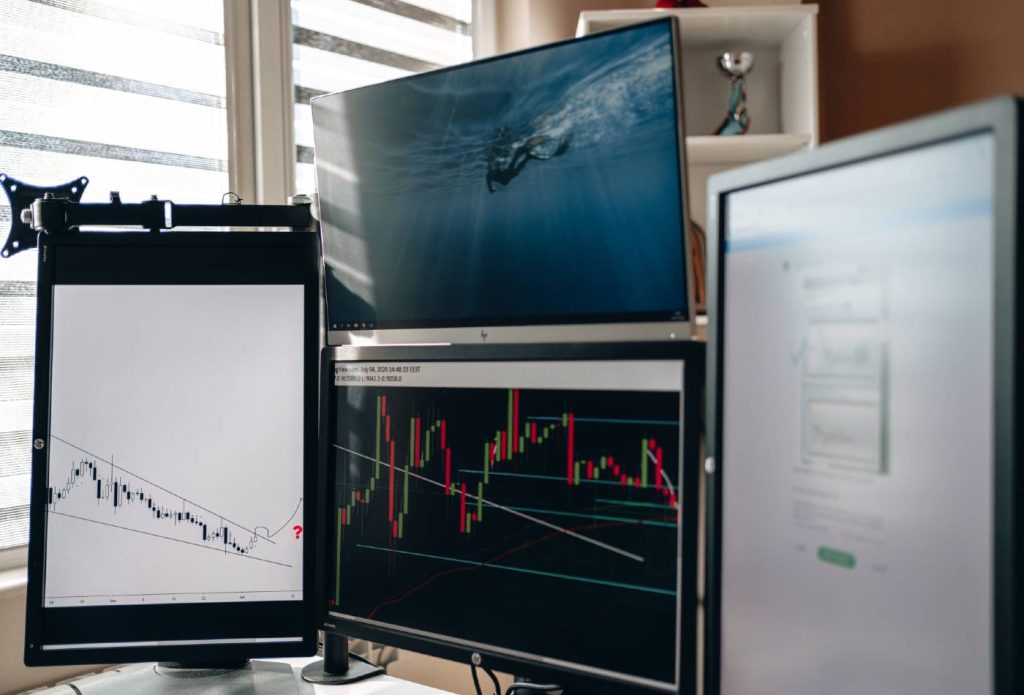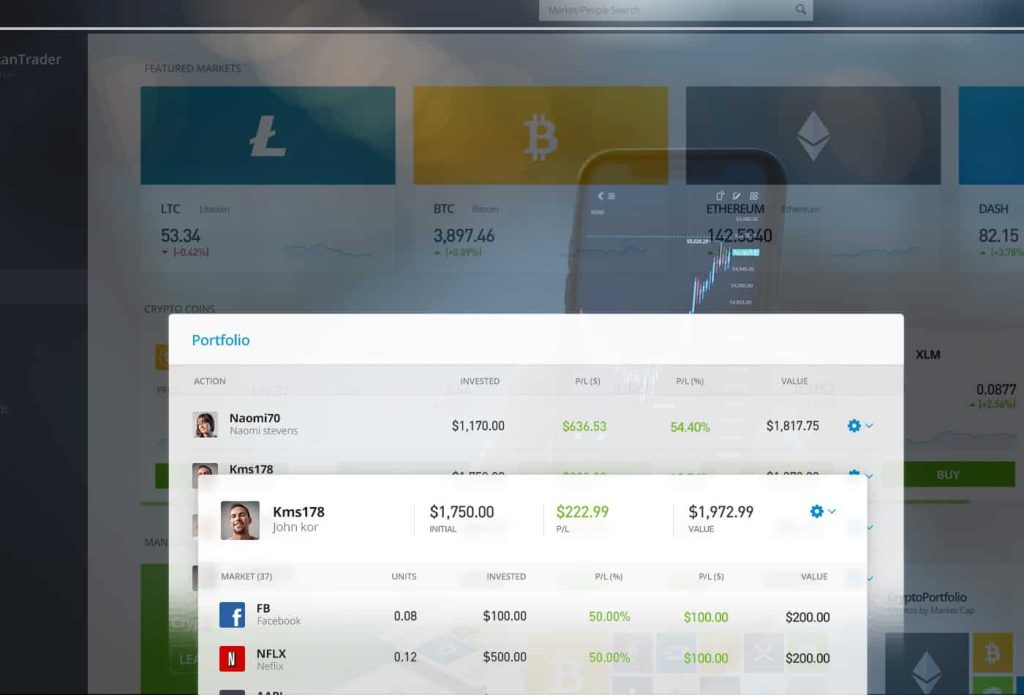Forex trading is the act of buying and selling currencies on the foreign exchange market. This market is the largest financial market in the world, with a daily trading volume of over $5 trillion. It operates 24 hours a day, 5 days a week, and allows traders to buy and sell currencies from around the globe. The goal of forex trading is to make a profit by buying and selling currencies at prices that fluctuate based on market conditions and economic factors. The forex market is an ever-changing industry, which means that there is always something new to learn. This can be intimidating for new traders, who may feel overwhelmed by the amount of information and terminology they need to understand. However, it is important to invest the time and energy it takes to familiarize yourself with the basic terminology of the industry, as this is one of the first steps to becoming a successful forex trader. A forex trading glossary is a helpful resource that provides definitions and explanations of the terms and concepts commonly used in the forex market. By understanding these terms, traders can better navigate the market and make informed trading decisions.
Table of contents
What Is Forex Trading?
The forex market, commonly referred to as the foreign exchange market, allows for the buying and selling of various currencies. Since it is a worldwide market, it is not limited to a certain region or country. As a result, traders can participate in the market from anywhere in the world because it is always open.
In a forex transaction, one currency is bought or sold in exchange for another. For instance, you are doing a monetary transaction if you pay with dollars to buy euros. Each currency has frequent fluctuations in value as a result of a variety of economic factors, including interest rates, GDP, and political stability. Because of this, the forex market may be very erratic and provide traders a range of profitable trading opportunities.
The forex market is a popular choice for traders because it is available five days a week, twenty-four hours a day. As a result, traders are able to participate in the market whenever and wherever it is most convenient for them. It also suggests that trading is continuous and offers opportunities for profit for traders. In general, the forex market offers traders a variety of opportunities to engage in the buying and selling of different currencies in a dynamic, constantly changing marketplace.
Related: Algorand (ALGO) Price Prediction 2022 – 2030
Major Currency Pairs
Major currency pairs, sometimes known as “majors,” are the most traded currency pairs on the forex market. The US dollar, Euro, British pound, Japanese yen, Swiss franc, and Canadian dollar are among the world’s most traded currencies. These currencies are regarded as significant due to their high volume of trade, high liquidity, and global acceptability as a means of payment.
In the forex market, major currency pairs serve as a standard against which other currencies are measured. For example, if you trade the EUR/USD pair, you would buy euros and sell dollars. The value of the pair is determined by the relative worth of the two currencies. If the euro is strong in relation to the dollar, the EUR/USD pair will gain in value. If the dollar is strong against the euro, the value of the pair will fall.
Major currency pairings are accessible for online trading on numerous forex trading platforms. These platforms provide users with access to current market information as well as a variety of tools and resources that can help traders make informed decisions. Because major currency pairings are extremely liquid, or easy to buy and sell, they offer a variety of opportunities for traders to profit on currency value changes.
Top Forex Indicators
The performance and behavior of a currency pair, as well as the performance of the wider market, can be studied using statistical approaches known as forex trading indicators. They provide critical data that can help traders determine the general direction and strength of a currency pair or the market, allowing them to make sound trading decisions. Some of the most prominent indicators available to traders include the Moving Average Convergence Divergence (MACD), the Relative Strength Index (RSI), the On Balance Volume (OBV), the Bollinger Bands, and the Stochastic Oscillator.
The MACD is a trend-following indicator that computes the difference between two moving averages. It is commonly used to identify trends and potential trend reversals. The RSI is a momentum indicator that measures how rapidly and severely prices vary. It can be used to identify overbought and oversold market conditions. The OBV is a volume-based indicator that forecasts price movements using volume data. Bollinger Bands are a type of price envelope that is used to evaluate the volatility of a currency pair. The Stochastic Oscillator gauges momentum by comparing a currency pair’s closing price to its price range over a given time period.
Traders must become familiar with these and other indicators in order to effectively judge the status of the market at any given time and make sound trading decisions. By integrating numerous indicators, traders can gain a more thorough view of the market and make sound decisions based on a variety of data sources.
Related: Reef (REEF) Price Prediction 2022 – 2030
Leverage
When using the forex trading glossary, it is critical to understand leverage. Leverage is a financial technique that allows traders to trade larger sums of money than they have available in their accounts. Margin trading, often known as leveraged FX trading, is the practice of borrowing money to increase your purchasing power. Leverage, which is typically expressed as a ratio and provides traders with a number of benefits, is also quite hazardous. As a result, it is critical that you thoroughly understand leverage before employing it in your trading.
Leverage is typically expressed as a ratio, such as 50:1 or 100:1. This means that the trader can make up to $50 or $100 in transactions for every $1 in their account. Leverage may be quite beneficial to traders since it allows them to trade larger positions without having to put up the entire amount of capital. This may increase the likelihood of a profitable trade.
However, leverage is fraught with danger. Traders are taking on additional risk because they are borrowing money to trade. If the transaction fails, the trader may lose more than their initial investment. Traders must therefore understand leverage thoroughly before employing it in their trading. Leverage should be used sparingly and only after carefully assessing the benefits and drawbacks. To summarize, leverage is a financial technique that allows traders to trade larger sums of money than they have in their account, but it also increases risk.
Margin and Margin Calls
The margin is the amount of money required to open and maintain a position in the foreign exchange market. When a trader wishes to enter a deal, he or she must put up a certain amount of money as a security deposit known as margin. This margin acts as collateral for the trade and aids in the recovery of any potential losses.
The margin required for a trade might vary depending on the size of the trade and the broker’s margin requirements. Traders must always have a certain amount of money in their accounts to meet the margin requirement. If the trader’s account balance goes below the needed margin, a margin call will be sent.
When a margin call is issued by the broker, the trader is urged to increase the amount in their account or liquidate some positions. This is done to protect the broker and ensure the trader has enough funds in their account to offset any potential losses. Deals may be automatically canceled out to protect the broker’s position if the trader is unable to satisfy the margin call.
Traders must carefully analyze the margin requirements of their trades and ensure that they always have enough money in their accounts to satisfy the margin need. They risk having their margin called and even losing their trades if they do not.
Short Selling and Going Long
To profit from changes in the value of currency pairs, forex traders typically use short selling and going long as trading strategies.
Short selling is the practice of selling a currency pair at a lower price than the going rate in the belief that the pair’s value will fall. A trader, for example, may elect to short sell the EUR/USD pair if they feel its value will fall. This implies exchanging euros for dollars in the expectation that the dollar will appreciate in value relative to the euro. If the value of the euros falls, the trader can repurchase them at a bargain and profit from the deal.
Going long is the inverse of short selling. When a trader buys a currency pair long, they are hoping that the pair’s value will climb. A trader, for example, may elect to go long on the GBP/USD pair if they feel its value will rise. They would buy pounds and sell dollars in order to capitalize on the predicted rise in the value of the pound in relation to the dollar. If the value of the pound rises, the trader will be able to sell them for a higher price and profit.
Going long and selling short both carry risks, thus neither strategy should be used before thoroughly researching and evaluating the market trend. Before employing any method, traders should carefully assess the potential rewards and risks, and they should only do so if they are confident in the results of their market analysis.
Take Profit and Stop Loss
Take profit and stop loss are two important terms associated with risk management in the forex market. They are used by traders to manage the risk of their trades and to protect themselves from potential losses.
A take profit order is a pre-determined order that automatically closes a trading position when a certain level of profit is reached. For example, if a trader has a long position in the EUR/USD pair and they want to lock in their profits once the pair reaches a certain level, they can set a take profit order at that level. Once the pair reaches the take profit level, the trade will be automatically closed and the profits will be locked in. Take profit orders help traders to ensure that they are able to capture their profits and reduce the risk of losing them.
A stop loss order is a pre-determined order that automatically closes a trading position when a certain level of loss is reached. For example, if a trader has a short position in the GBP/USD pair and they want to limit their potential losses, they can set a stop loss order at a certain level. If the pair reaches the stop loss level, the trade will be automatically closed and the losses will be minimized. Stop loss orders help traders to protect themselves from excessive losses and to manage their risk.
Take profit and stop loss orders are important tools for risk management in the forex market. They help traders to protect themselves from potential losses and to ensure that profits are locked in when predetermined goals are reached.
Read Also: GMX (GMX) Price Prediction 2022 – 2030
Conclusion
The forex trading glossary is an essential resource for all traders, especially those who are new to the industry. It contains a wealth of terminology and concepts that are important for traders to understand in order to navigate the forex market successfully. These terms and concepts cover a wide range of topics, including trading strategies, risk management, market analysis, and more.
Taking the time to read and research the terms in the forex trading glossary is an important step for any aspiring trader. By familiarizing themselves with these terms and concepts, traders can become more informed and confident in their trading decisions. This knowledge can help traders to better understand the market, identify opportunities for profit, and make more informed and strategic trades.
Overall, the forex trading glossary is a valuable resource that can help traders to succeed in the forex market. By investing the time and energy it takes to understand these terms and concepts, traders can set the stage for success and start building a strong foundation for their trading journey.

